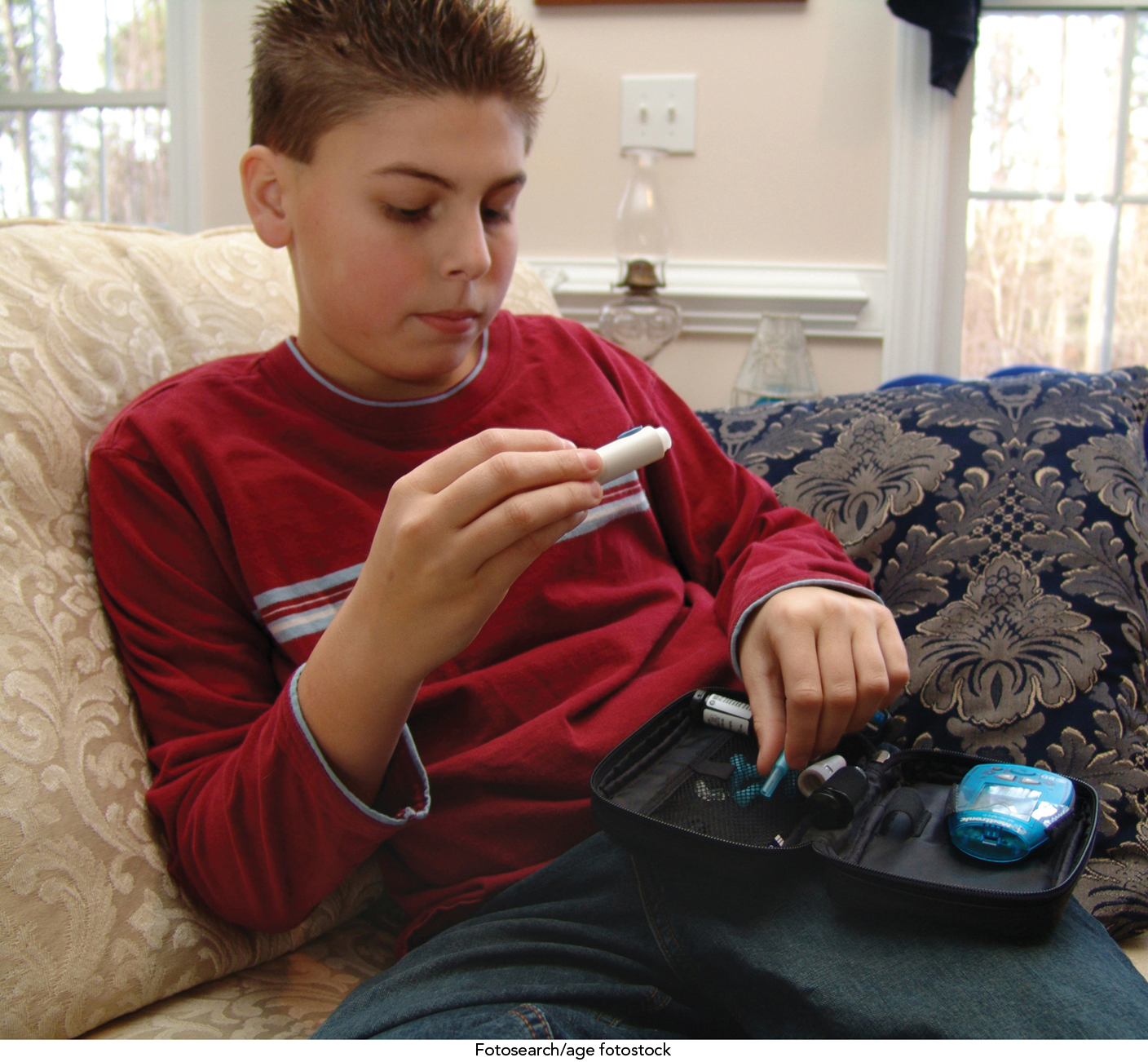Chapter Introduction
5
NUTRITION AND DIABETES

LEARNING OBJECTIVES
Describe how blood glucose is regulated (Infographic 5.1)
Explain what happens when sensitivity to insulin is impaired (Infographic 5.2)
Explain the difference between diabetes and prediabetes (Infographic 5.3)
List health issues that are common in people with poorly controlled diabetes (Infographic 5.4)
Describe how gestational diabetes differs from type 1 or type 2 diabetes (Infographic 5.5)
Describe factors that increase risk for type 2 and gestational diabetes and those that protect against it and understand how these factors relate to the Dietary Guidelines for Americans (Infographic 5.6)
For many years after the Joslin Diabetes Center in Boston opened in 1898, the waiting room was deathly quiet. Children and their parents sat in silence, waiting for their names to be called, praying that the doctor would give them good news. They rarely got it.
The children had one of the most terrifying diseases of the time—
And doctors could do nothing about it. Children with diabetes “were living under a sentence of death,” says Michael Bliss, PhD, distinguished professor emeritus at the University of Toronto. “The only real question was how long it would be until you died.”
100
In 1922, with nothing left to lose, one little boy’s parents agreed to let the doctors inject their son with an experimental treatment. Within minutes the boy regained consciousness and looked alert.